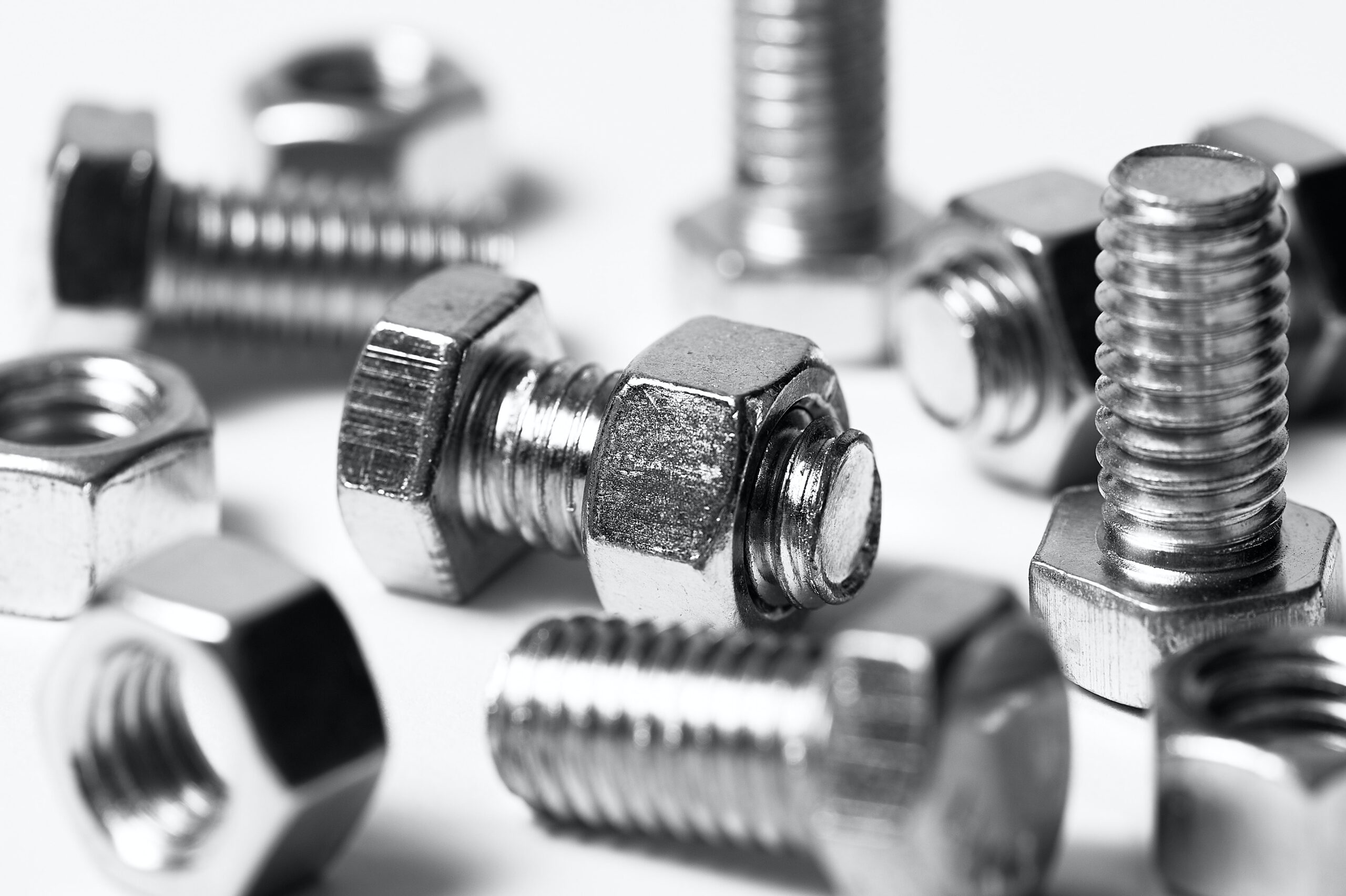When purchasing a box of screws you’ll often see a callout that includes the screw’s gauge size (from #0 to #12) and length. There may also be a letter to indicate whether the screw is left-handed.
Sellers’s system was a significant improvement on Whitworth’s design, increasing productivity and simplifying machinery repair across the country.
Diameter
The diameter of a screw is the width of the threaded portion. It usually corresponds to the first number in the screw size, or sometimes to a letter, as in the case of metric screws, where the number is preceded by an M.
The other basic measurement for fasteners is their length. The standard system, which is still widely used in the US, uses a three-part numbering scheme: the gauge (or head) size, the number of threads per inch, and the shaft length in inches. The shaft length is often included in the part number, for example 6-32 x 1 1/2″, to clarify that the screw has the correct diameter and threads for that application.
The metric system uses the same measurements, though the diameter is listed as millimeters instead of inches and the threads per inch is noted as a number rather than a letter. A formula is available to convert from either system to the other.
Length
For most types of screws, the length is specified as a number within the size designation. Sometimes, it’s also referred to as the “nominal length.”
The first number on screw size charts indicates the diameter of the shaft under the head — for example, a screw rated #8 means that it has a shaft that is 8 threads per inch wide. The second number relates to the length of the screw, such as a #4-40 screw that is 40 threads per inch wide.
Screws sold with imperial system measurements on their packaging will generally list the gauge (the size of the shaft) first and then the length, such as a #10 x 2 inches long screw. Metric screws, on the other hand, typically list the diameter and thread pitch together, such as 4 mm x 0.7 mm. The metric system is used in Europe and elsewhere. The American fastener industry uses both systems, depending on the requirements of a given application.
Thread Pitch
In the US screw industry, a number of different systems for defining and measuring screw sizes exist. The most common are unified (UTS) and metric.
The unified thread standard defines a specific type of thread profile and series, allowances, tolerances, and designations that are used in the United States for bolts, nuts, and many other threaded fasteners. The profile has a symmetric V-shaped shape, with the major diameter Dmaj and the pitch P.
The thread pitch is the distance between two adjacent thread peaks, and it determines how close together the threads are. It is a measurement that can be determined using a simple ruler and caliper, but it is much more accurate to use a thread pitch gauge. Most screws are stocked with a specific thread pitch, so it is important to know this in order to find the right screw for your project. Usually, a screw with a specified thread pitch will also have a specific drive type: slotted, Phillips, Robertson, or Pozidriv.
Tolerances
Screws are standardized in size by driver head type (flat, Phillips or hex), length and shank diameter as well as threads per inch. The standard sizing prevents improper use, and allows for the fastener to be compatible with materials being joined.
Tolerance classes have been established for the thread crest diameter and pitch. The callout on a box of screws will include the tolerance class, whether it is right-handed or left-handed and the screw length.
There is also a metric screw thread standard which is indicated by the letter M and the major diameter and thread pitch in mm (see table below). The metric designations overlap with those of the UTS coarse and fine series. For example, a M12 screw has a major diameter of 12 mm and a thread pitch of 8 threads per mm. This standard does not allow for a varying minor diameter with the thread pitch as is the case with the UTS coarse and fine series.US screws

